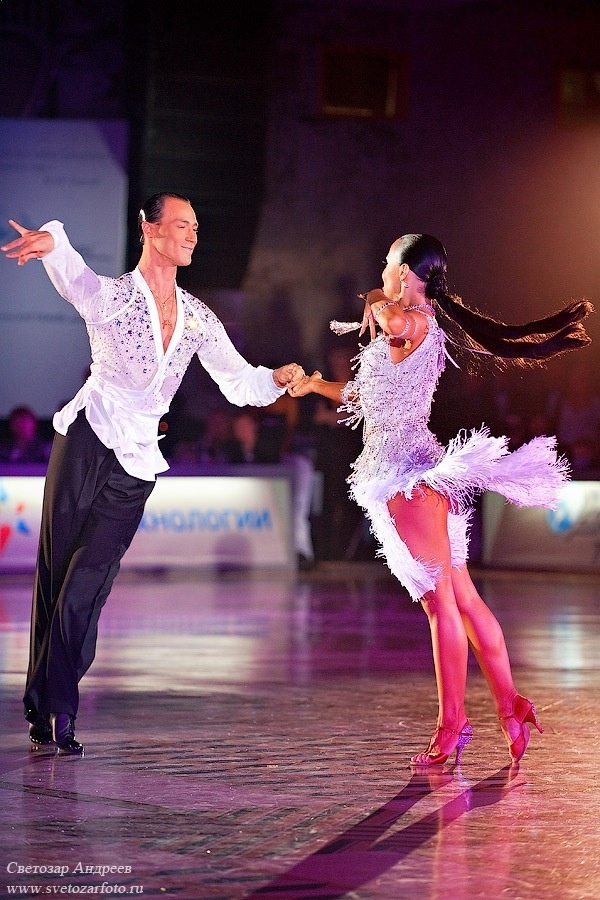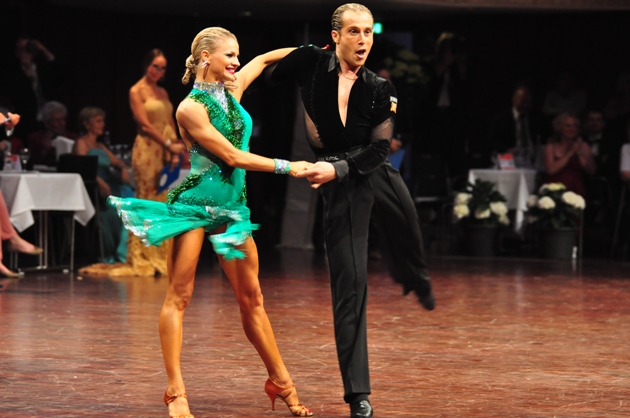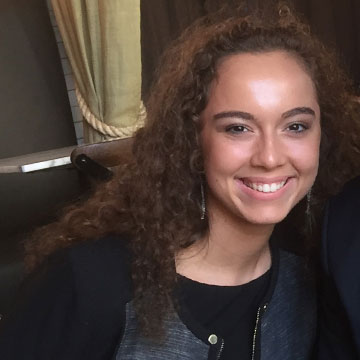International Style Latin
See also: Categories: Dances, Ballroom, DanceSport, Latin
Definition
Overview
The dances that make up the list of DanceSport dances are performed competitively at Amateur and Professional levels throughout the world. There are ten International Style Ballroom dances: five Standard and five Latin. They are defined by the World Dance Council (WDC), which has world-wide membership of all countries taking part in Ballroom competitions.The 5 Latin Dances
| Name | WDSF Tempo (MPM) | WDC Tempo (MPM) | WDSF Dancing Time (seconds) | WDC Dancing Time (seconds) |
| Cha Cha Cha | 30–32 | 30 | 90–120 | 90–120 |
| Samba | 50–52 | 48 | 90–120 | 90–120 |
| Rumba | 25-27 | 22 | 90–120 | 90–120 |
| Paso Doble | 60-62 | 56 | 90–120 | 90–120 |
| Jive | 42-44 | 42 | 90–120 | 90–120 |
The Latin dances are more overtly sensual, with fashionable, dressy costumes for women and tight-fitting, classy ones for men. More variation in movement is allowed than in the Standard dances. Close, semi-open and open figures are danced. Choreography is extremely important. Hip action is common as well as athletic and balletic maneuvers. The Samba and Paso Doble are the two Latin dances that are progressive, but there is no obligation to move in any pre-set manner round the floor.
Champions
- WDC Professional Latin Champions
- WDC Amateur Latin Champions
- WDSF Professional Latin Champions
- WDSF Amateur Latin Champions
Similar Topics






